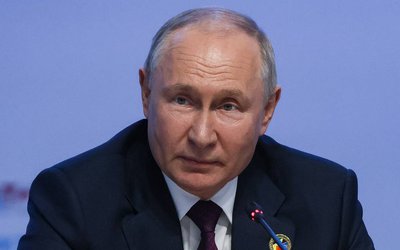Speaking Freely is an Asia Times Online feature that allows guest writers to have their say. Please click here if you are interested in contributing.
Chinese sea lines from the Middle East to its ports in South China Sea pass through many choke points, most importantly the Straits of Malacca. In times of conflict, they are places where the supply of crude oil and iron ore needed to keep the Chinese economy growing could be cut.
Being a sensible world power, China is trying to mitigate the risks. First it has invested in a series of ports dotted all across the Indian Ocean, in the Seychelles, Pakistan, the Maldives, Sri Lanka, Bangladesh and Myanmar. Next, China is investing in road and rail links, and possibly gas pipelines, from Pakistan, Bangladesh and Myanmar.
Recipients of this aid get improved infrastructure, foreign investment and a chance to earn transit fees from China. In return, the China builds alternate trade routes and its goods gain access to new markets. It is a win-win deal for all - except India.
India sees these Chinese investments with mistrust and as an attempt to encircle it. Accordingly, in turn, India is boosting its defense budgets, setting up new corps in the areas bordering China, investing in nuclear submarines and increasing the prowess of its navy.
China is expanding its railway network deep into Tibetan Autonomous Region. It is building a 770-kilometer railway line connecting Lhasa to Nepal and there are plans to extend the line all the way to Nathu La, a mountain pass connecting Tibet with India. These investments have allowed China to pour in troops into Tibet to quell unrests.
Since 2008, the Indian economy has been facing policy paralysis, unabated inflation, huge public debt and budget deficit. India is trying hard to woo foreign direct investment (FDI) into the country. The government first tried to bring in FDI in multi-brand retail, which was voted out by the government’s allies.
During his visit to South Korea for the Nuclear Security Summit in March, Indian Prime Minister Manmohan Singh pitched for Korean investment in India's infrastructure sector. Later, at the BRICS summit in New Delhi, he did the same, this time with the outgoing Chinese premier. And now, the government is planning to allow up to 49% in foreign direct investment in the airline industry.
Against the backdrop of tense border relations and a need for ties between their markets, one must ask how India and China want to see their respective relations shape up in the coming years? Does China want India to team up with the US, Japan, Vietnam and Australia? Does India want China to keep it holed up in the subcontinent? India will have to think out of the box to solve these issues and perhaps do the unthinkable, just as then United States president Richard Nixon did by visiting China in 1972.
Taking all of this into consideration, New Delhi must proactively offer Beijing a secured transit route. The Indian navy ships will protect and ensure safe delivery of Chinese cargo ships to an Indian port in either the state of Karnataka, Gujarat or West Bengal. From there, the cargo can be transported via a dedicated rail corridor to mainland China through either the Nathula pass in Sikkim or Nepal or from Jammu and Kashmir, onto Gilgit Baltistan and finally through the Karakoram.
How does a transit route for Chinese cargo through India help India and China? It is a win-win situation. China gets an alternate route through a more stable and lawful country than through Pakistan or Myanmar. India on the other hand can receive immediate Chinese investments in infrastructure. And most importantly, both countries sign a strategic cooperative deal.
How does this affect Indian security in case of a conflict between the two nations in the future? For India successfully defend and hold its territory in the north-eastern states, India has to invest in improving if not matching Chinese investments in infrastructure. Improved infrastructure will only improve India’s security state.
- TANAHU HYDROPOWER PROEJCT: A Significant Achievement
- Apr 15, 2024
- AMBASSADOR HANAN GODAR: Sharing Pain With A Nepali Family
- Mar 30, 2024
- VISIT OF KfW AND EIB TO NEPAL : Mission Matters
- Mar 25, 2024
- NEPAL BRITAIN SOCIETY: Pratima Pande's Leadership
- Mar 24, 2024
- NEPAL ARMY DAY: Time To Recall Glory
- Mar 15, 2024















